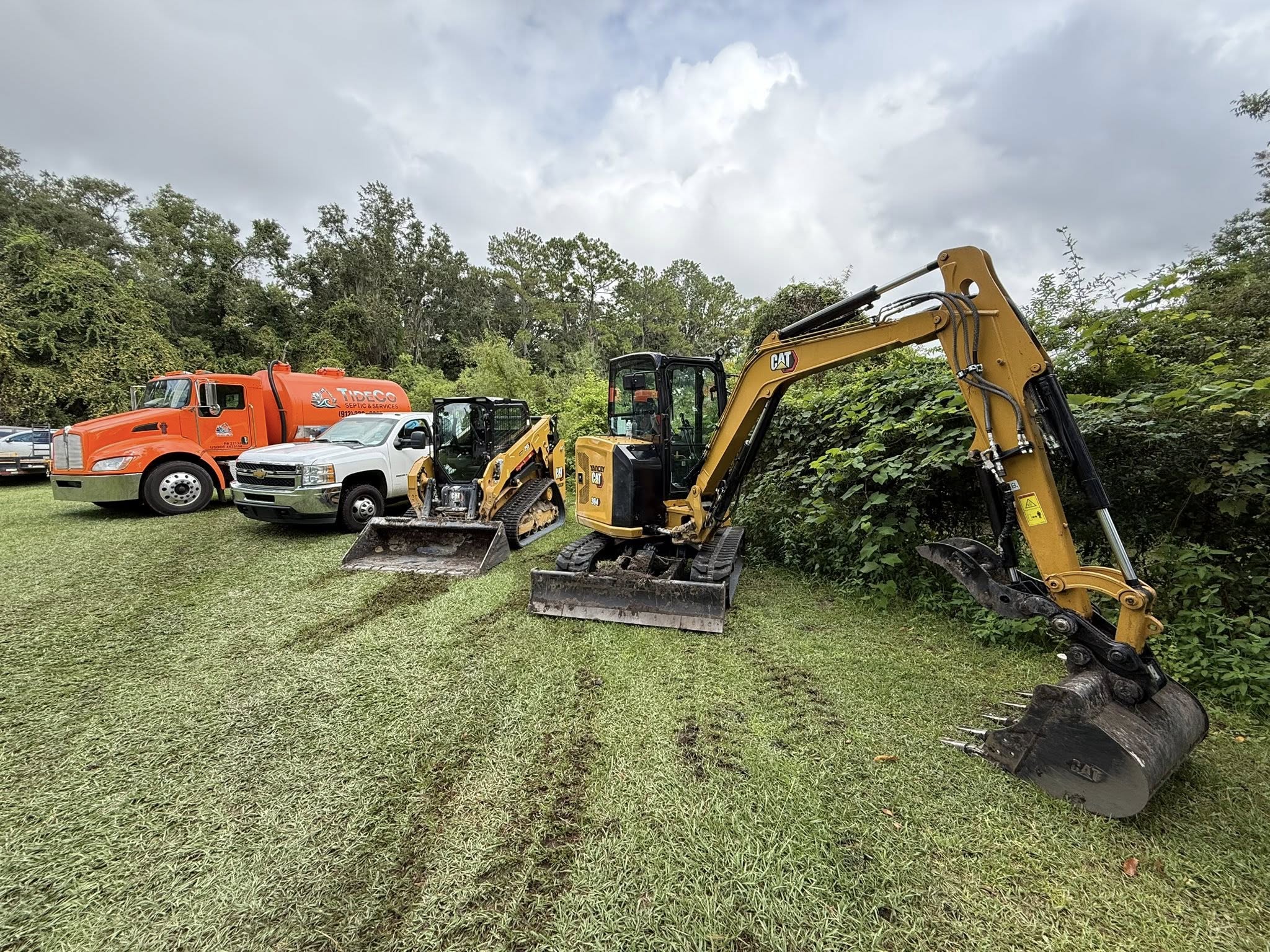
Understanding Septic System Inspections: What Homeowners Need to Know Sep 29, 2025
Septic systems are a critical component of any home that isn’t connected to a municipal sewage system. Yet, for many homeowners, understanding septic system maintenance, especially inspections, can be quite daunting. At TideCo Septic, we understand the importance of demystifying this vital process to ensure the longevity and effectiveness of your septic system. This blog delves into what every homeowner needs to know about septic system inspections, providing peace of mind and clarity about this essential service.
Why Are Septic System Inspections Essential?
Septic system inspections play a crucial role in maintaining the health and functionality of a home’s waste management system. These inspections are designed to detect any potential issues before they escalate into costly repairs. During an inspection, professionals like those at TideCo Septic evaluate the entire system, including the tank, drain field, and the components of the house's plumbing that are connected to it.
Regular inspections can prevent common septic problems such as leaks, blockages, and system failures. By catching these issues early, homeowners can avoid the potential health hazards and environmental impacts associated with a malfunctioning septic system. Moreover, frequent inspections can extend the lifespan of your septic system, providing long-term savings and peace of mind.
What Happens During a Septic System Inspection?
During a typical septic system inspection, a certified inspector conducts a comprehensive review of various components. First, the sludge and scum layers within the septic tank are measured to ensure that waste is breaking down correctly and not overloading the system.
Next, the inspector will assess the condition of the baffles and the tank’s structural integrity. This process involves checking for signs of wear or damage that might lead to leaks. The drain field, also known as the leach field, is also examined to ensure that it is dispersing liquid waste properly, without signs of overflow or blockage.
Additionally, all household plumbing connections to the septic system are reviewed for potential issues like back-ups or slow drainage. This detailed inspection process is vital for identifying system weaknesses and planning appropriate maintenance or repairs.
How Often Should You Schedule an Inspection?
For optimal performance, experts recommend scheduling a septic inspection every three to five years, although it may need to be more frequent depending on factors such as system usage and the size of the household. Regular pump-outs, guided by the findings of these inspections, are also crucial as they prevent the accumulation of waste solids in the tank, which could eventually lead to a system failure.
Choosing the Right Professional
Selecting a qualified, experienced professional to carry out your septic system inspection is key. At TideCo Septic, our team of certified technicians ensures detailed, thorough inspections, offering reliable and honest assessments. A credible service provider will also keep you informed about the state of your system, suggest maintenance tips, and create a schedule for future check-ups.
In Conclusion
Understanding septic system inspections is the first step in maintaining this vital but often overlooked component of home infrastructure. By committing to regular inspections and maintenance from trusted providers like TideCo Septic, you not only safeguard your property but also contribute to the well-being of your community's environment. Remember, proactive care leads to fewer headaches and a sustainable system for years to come. With TideCo Septic, you’re not just maintaining a system; you’re investing in peace of mind.
/filters:no_upscale()/media/5459090b-b6be-4da0-9f55-f83f08133f49.jpeg)
/filters:no_upscale()/filters:format(webp)/media/78d3e7a1-64c5-40bc-9ed3-7834dff171cf.jpeg)